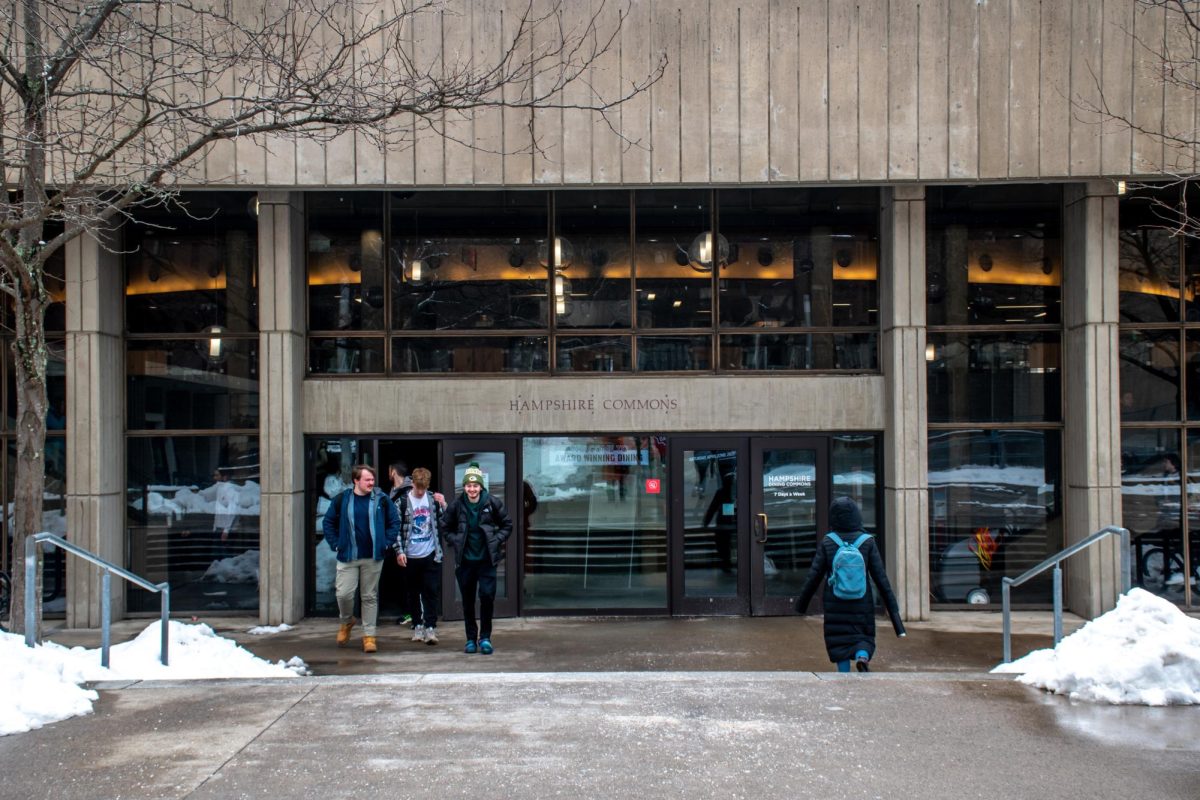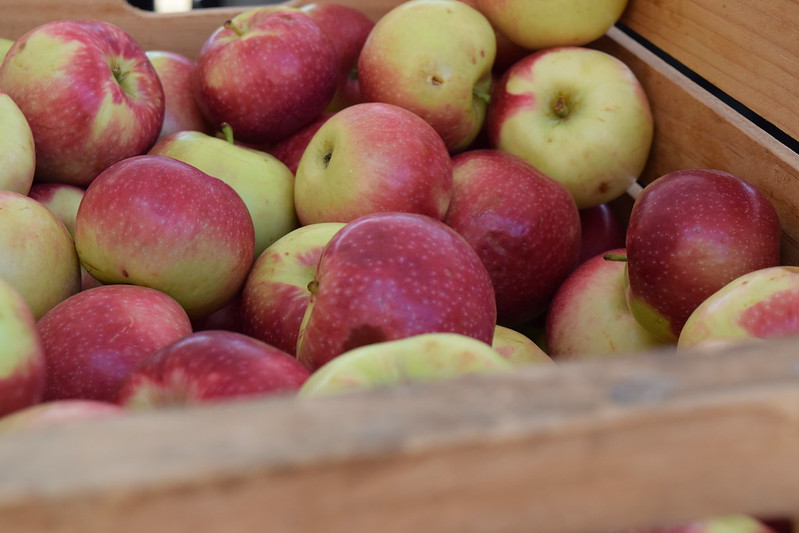
Students, scientists and science lovers gathered at Kendall Park in Amherst Saturday morning as one of the satellite marches to celebrate science for Earth Day.
The March for Science, a series of rallies held in Washington D.C., Boston and across the world, advocated for scientific research to pressure governments to address issues related to science, such as climate change.
Participants gathered in Kendall Park and marched to the Amherst Commons while carrying signs that read “Science, not silence” and “There is no planet B.”
Hundreds of people marched to the Town Commons for the eighth-annual Amherst Sustainability Festival, where the march became a teach-in where scientists and researchers talked to the public about their research.
“The whole idea is that science does not belong to [certain] people,” said Pallavi Pant, a public health researcher at the University of Massachusetts. “We need it in our everyday life to make our lives better.”
Pant had a table set up with five different air samples inside plastic containers with five strips of paper. The words Amherst, Canada, Los Angeles, India and incense were on the sheets of paper. Judging by the quality of the air, which was trapped on a piece of fabric, participants were invited to guess which sample came from what location.
“There’s a lot of surprises from some people. A lot of people thought L.A. was pretty polluted,” Pant said. “I’m trying to explain to them that L.A.’s bad by U.S. standard, but it’s not as bad as India or China.”
A lot of people were also surprised with the incense.
Tables like Pant’s explored different science concepts which participants could learn about. Students of Smith College’s physics department also had a table examining sound waves by twisting a plastic tube to create music notes.
“We’re not trying to say, ‘my science is the best science,’” Pant said. “We’re trying to say that we need science in our lives because it helps us answer questions.”
A table for the UMass Science Outreach Club, a group of students who perform physics demonstrations to students in kindergarten up to high-school, had bowls full of water for people to rub the handles in order to create water waves within the bowl.
“It’s so much fun because kids are so curious,” said Nicole Parsons, a freshman biology and nutrition major and member of UMass Science Outreach.
People first sanitized their hands to remove dirt and oil before touching the bowl, then created friction by rubbing the bowl’s handles after dropping their hands in the water. This would cause circular vibrations that moved forward toward the center of the bowl, making splashes.
When demonstrating this trick to children, the group allowed them to explain what happened.
“Sometimes they get it perfectly and sometimes they come up with the greatest answers,” Parsons said.
“We tailor it to what the kids are learning, some weak-points in their curriculum,” said Pheobe Deneen, a senior biology major and editorial board member of UMass Science Outreach. “We’re trying to raise interest in science and get kids interested in studying science or at least understand and appreciating science more.”
Danny Cordova can be reached at [email protected] or followed on Twitter @DannyJCordova.


















